

Bantry is a beautiful and modern harbour town in west Cork, one of the most picturesque parts of Ireland. It is located along the renowned touring route of the Wild Atlantic Way and is the perfect base from which to explore these stunning lands and marvel at its high mountain ridges and cascading mountain streams. Bantry is surrounded by beautiful green spaces where you can take time out from busy schedules and get back to nature. There are stately gardens, nature reserves, forest parks and nearby remote islands to explore.
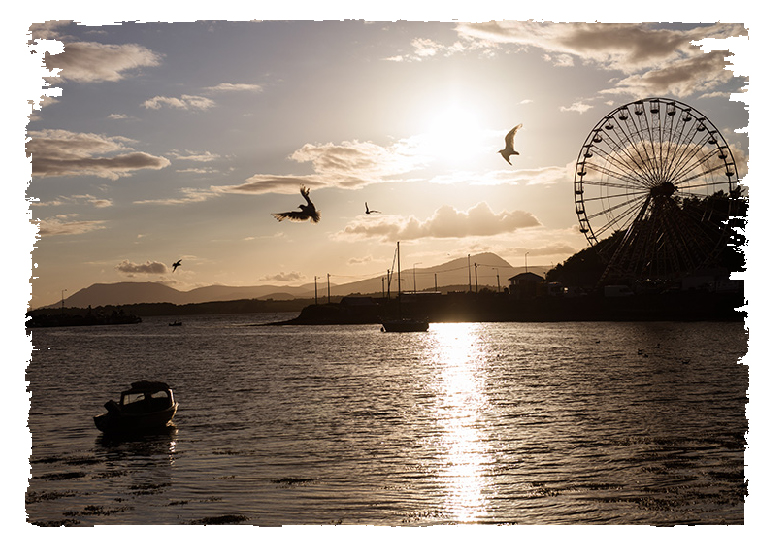
Start the day by travelling west for around 25 minutes to the Ewe Experience located nearby the picturesque village of Glengarriff. Often described as ‘Ireland’s Eden’, The Ewe is an innovative series of gardens along a one km trail combining nature, art, science, narrative and humour. An artist’s home, it has evolved slowly over 25 years into an interactive open-air natural-history museum, with a twist. Explore the four themed gardens and see the spectacular mountain waterfall as you are led on an intriguing journey back in time and back to nature at this celebrated member of the West Cork Garden Trail.
Allow 2 hours for this experience
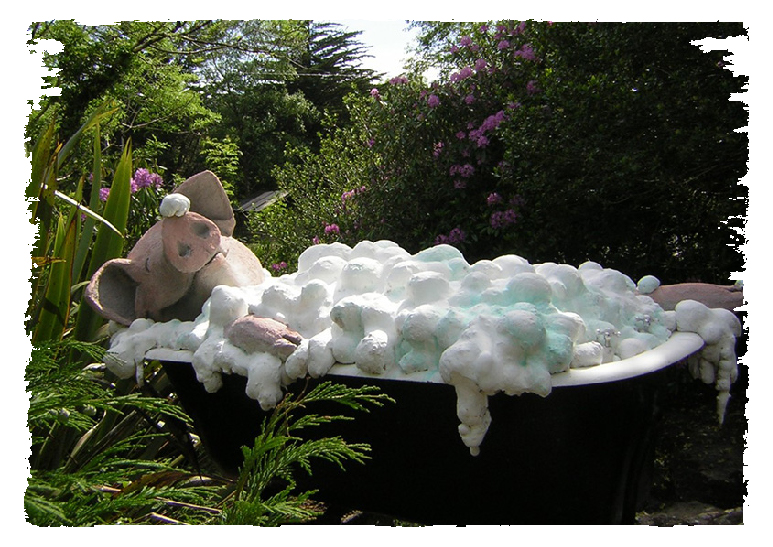
Round your trip to Beara off by visiting the charming and colourful villages of Allihies, famous for it's copper mining history and the equally picturesque Eyeries. Returning from your Beara adventure, stop in the quiet village of Ballylickey just outside Bantry and check into the Seaview House Hotel a 4 star country house hotel set in private and well-tended grounds with wonderful views of Bantry Bay. After a busy day's exploring you can treat yourself to a visit to the Bath House for a seaweed bath at the hotel Spa or Voya treatments. Enjoy dinner in the three AA Rosettes restaurant whose menus are based on country-house cooking and include local specialities like Bantry Bay crab and West Cork lamb.
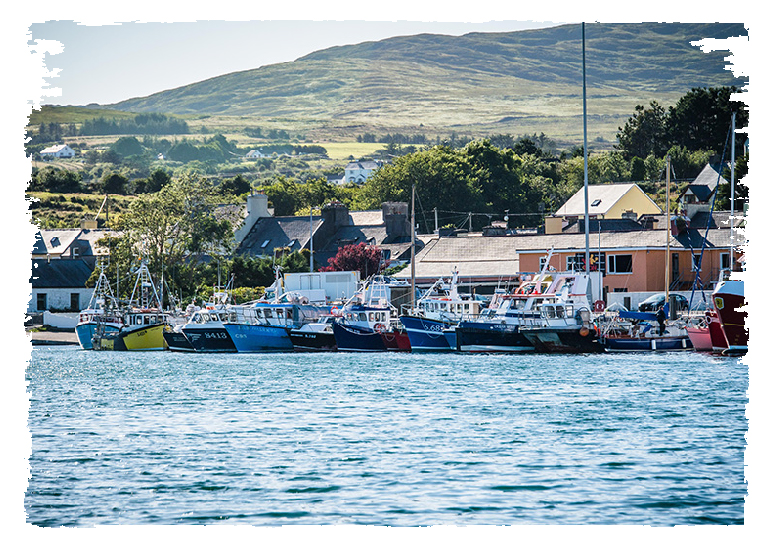
Continue your day by passing through the picturesque village of Glengarriff and then down the Beara Peninsula enjoying scenic views of Bantry Bay to your left before reaching the enchanting town of Castletownbere, a journey of roughly 50 minutes. From here you can take the short ferry journey to explore the historic Bere Island or alternatively if it’s seafood you’re after then you’re in luck – this is Ireland’s top whitefish port where trawlers’ bounties are whisked away to restaurant tables all over continental Europe. Stop here for lunch at the Berehaven Lodge Restaurant, serving the finest quality local ingredients in stunning surroundings.
Allow 1.5 hours for lunch
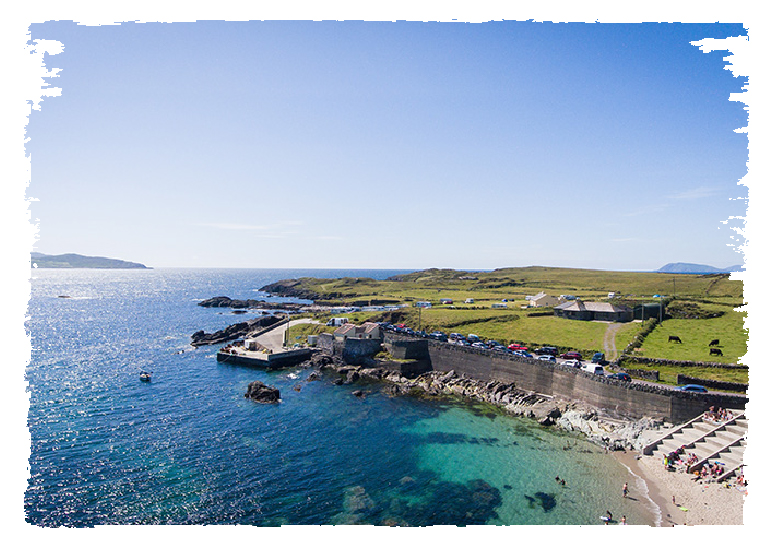
Start your second day with a visit to the stately Bantry House and Gardens and soak up incredible views across the expansive bay. Bantry House is one of West Cork’s hidden gems. Since 1946 the house and garden has been open to the public. The house has an important collection of art treasures mainly collected by the 2nd Earl of Bantry on his grand tour and the garden was inspired by his travels. It is laid out in the Italian style over seven terraces, with the house sitting on the third terrace. A Parterre facing south surrounding a wisteria circle which again surrounds a fountain was also created. From there rise the famous Hundred Steps, a monumental staircase built of local stone, set amidst azaleas and rhododendron.

Spend the rest of your second day touring the Sheep’s Head Peninsula. Bring a picnic lunch and choose to stop at a place where you can take in the breath-taking views of stunning wild Atlantic seascapes and let the sea air refresh you.
Spend the day stopping when and where you like as this is one experience that you not want to hurry.
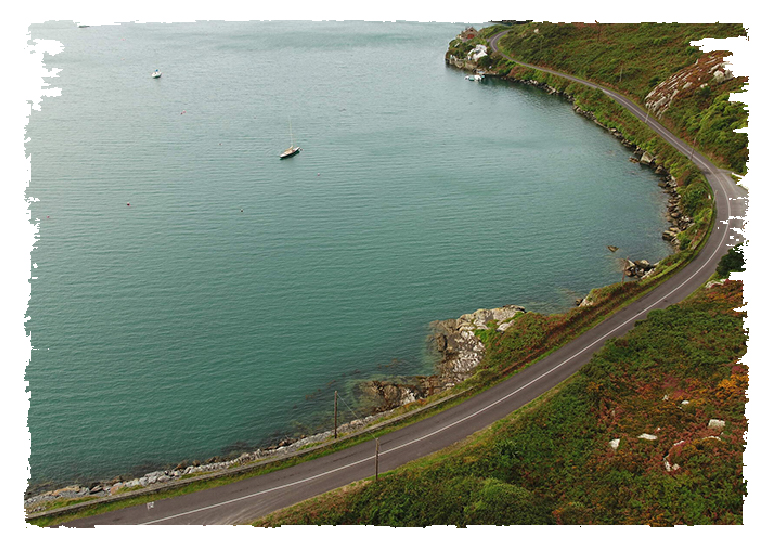
The Peninsula is a 175km route that is a circular route from Bantry and back. Nestled between Bantry Bay and Dunmanus Bay, the peninsula and its many trails are a walker’s delight.
The trail follows the north coast of the peninsula to the scenic lighthouse at the very tip, before returning along the south side, passing through the pretty villages of Kilcrohane, Ahakista and Durrus.
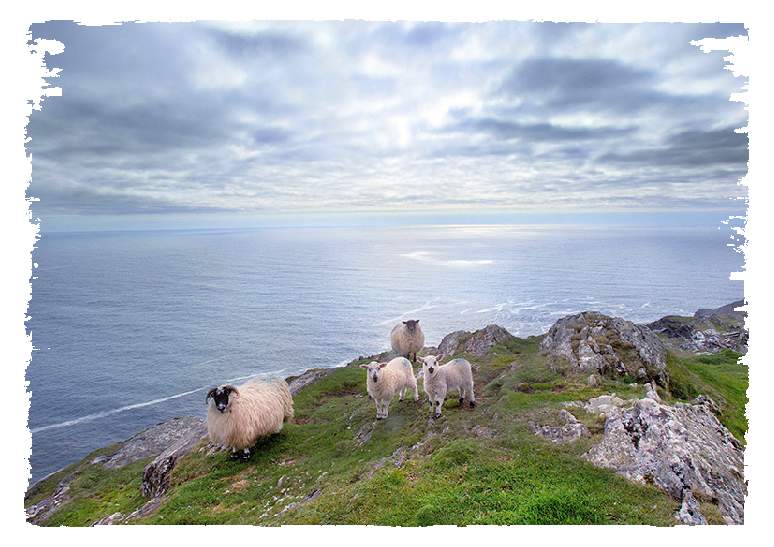
Sheep’s Head Peninsula is the narrowest of the fingers of land that extend out from Ireland’s south west mainland into the roaring Atlantic. The narrowness of the peninsula means that you are never far from the glorious Atlantic Ocean, even on the outward stretch when you climb to the route’s highest point, 300 metres above sea level, on the heathery Seefin ridge. The remains of an old copper mine, a blow hole, stone circles, standing stones, high cliffs, a Napoleonic signal tower and old churches are some of the varied attractions to be discovered if you decide to get out of the car and walk some part of the waymarked route.
